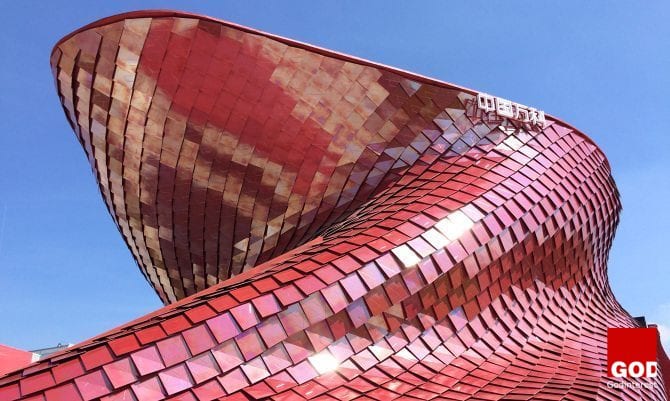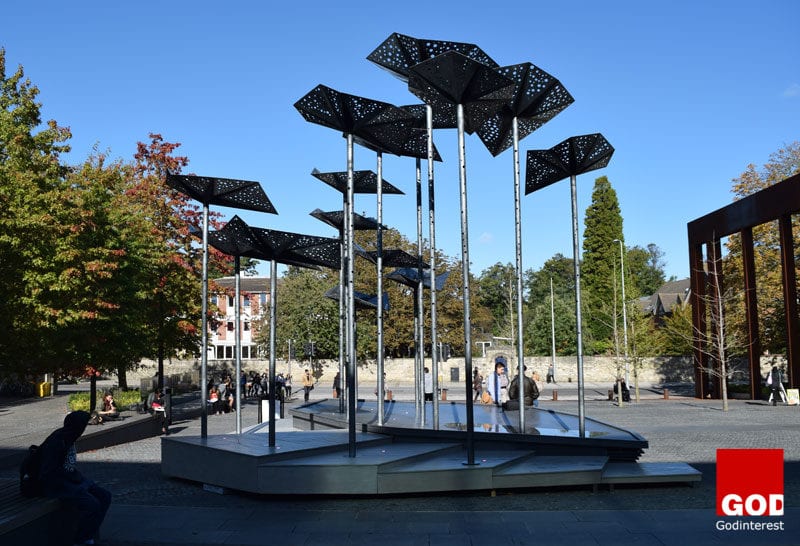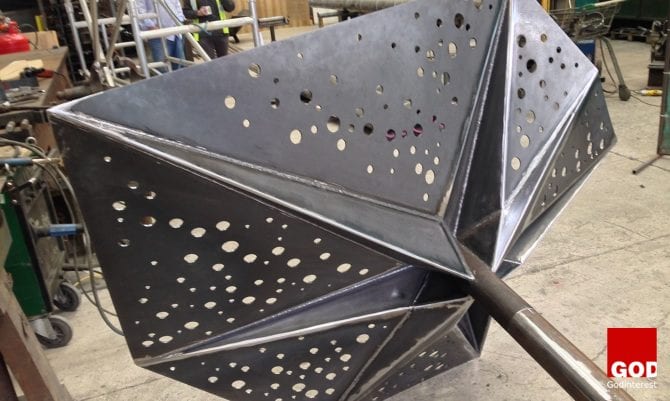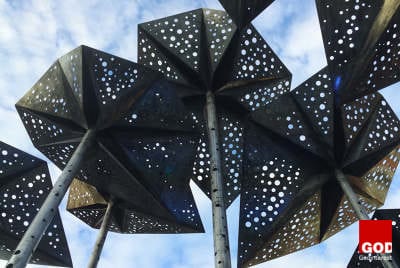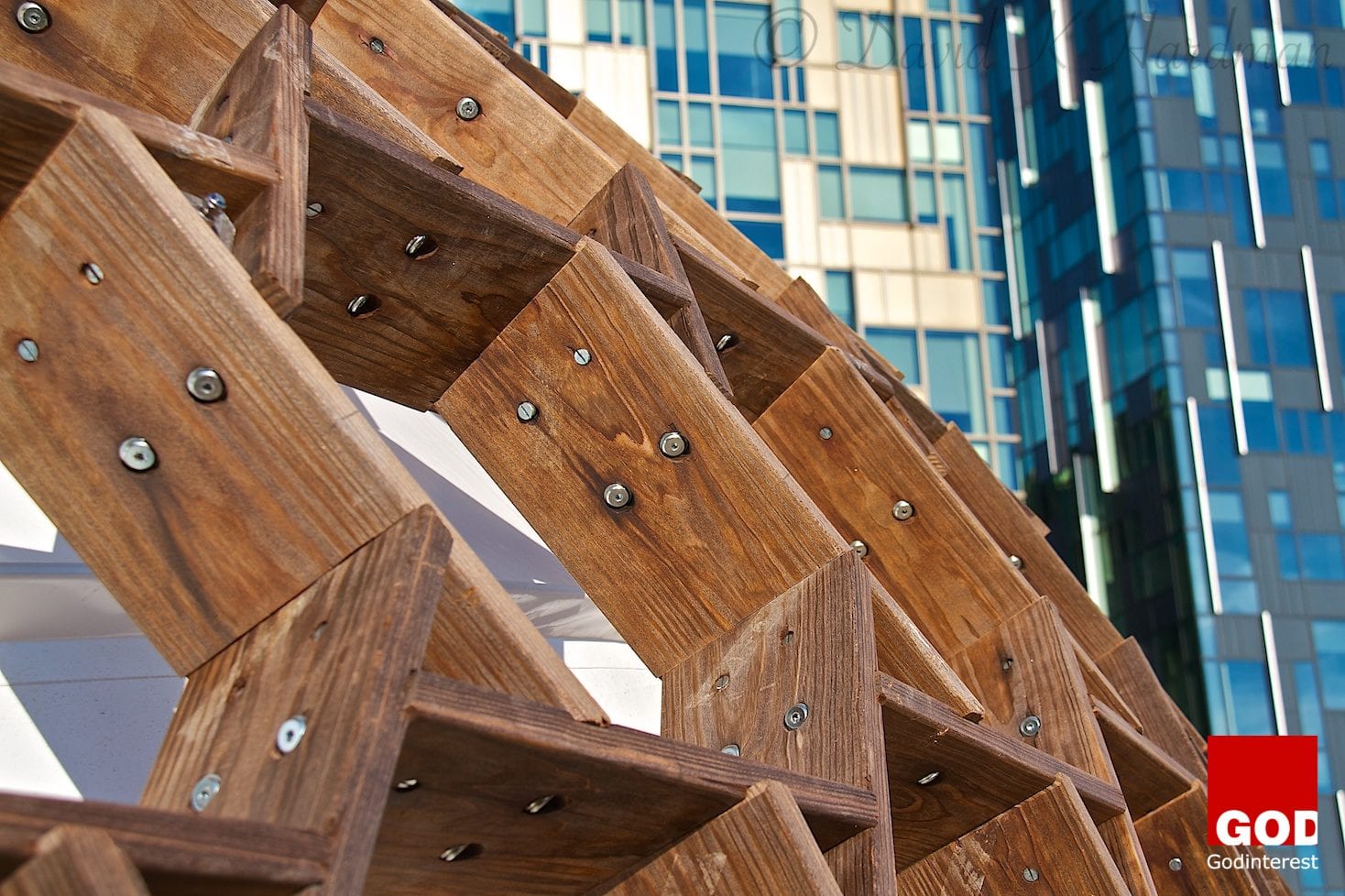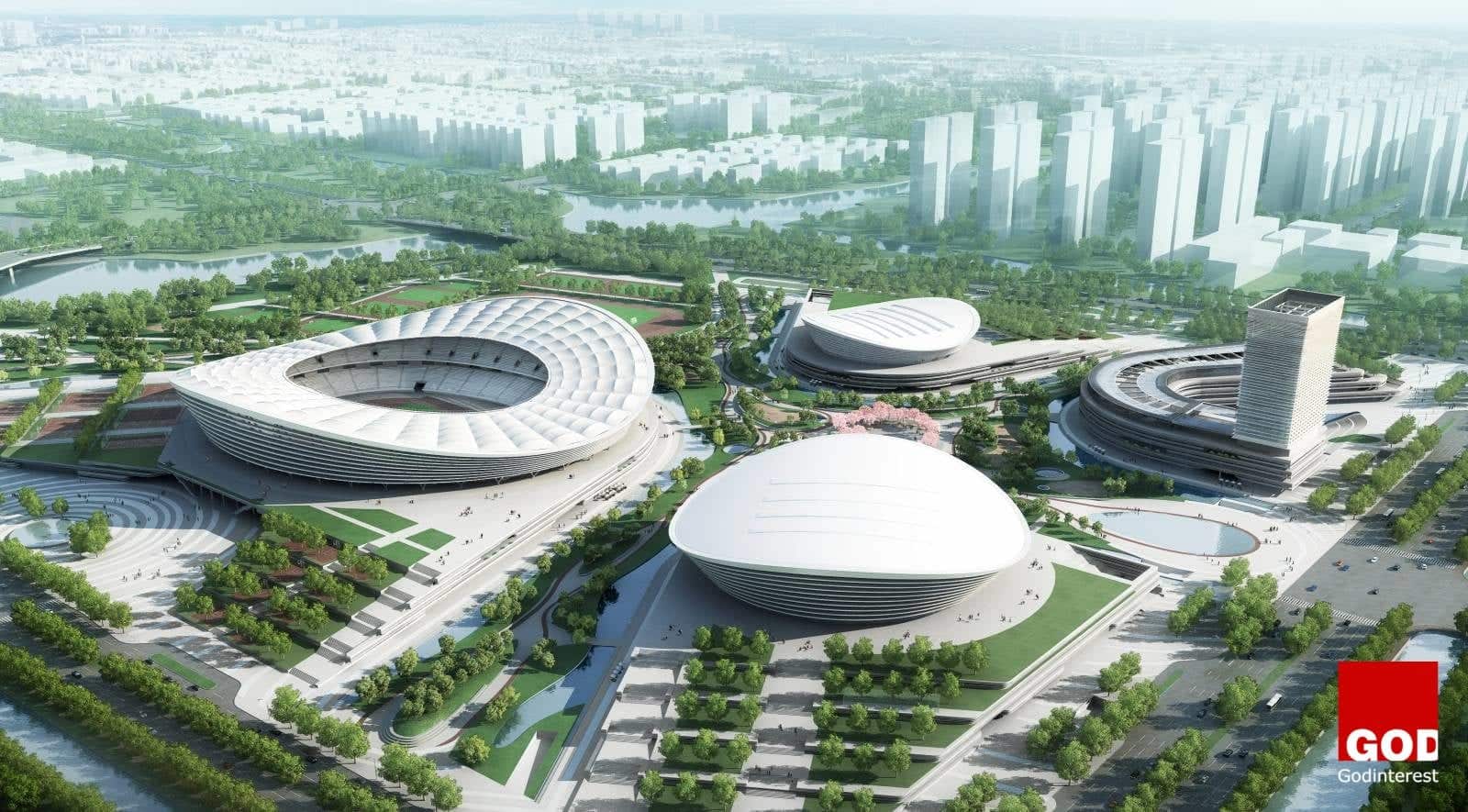Millions of Chinese identify themselves with Christianity a reality that President Xi’s administration is fighting hard against. The number has increased gradually and this is seen as a threat to the government which is officially atheist and its power is being put to test.
Under the presidency of Xi Jinping, the government launched a number of initiatives to control and at times limit Christian followers. Chinese Communist Party (C.C.P.) is up in arms to control and fight Christianity. The government constraints and controls religious freedom. Why is the government determined to rob people of their free will to worship?
We are blessed that we have the freedom of worship to our Lord anywhere, anytime and anyhow with no one monitoring of our doings unlike In China where Christians have been pushed to worship underground. China ranked 10th as a country where it is most hard and risky to practice Christianity according to Open Doors, a U.S. based Christian non-profit that traces the persecution of Christians worldwide.
The Lie
Psalms 103:2-3 says, Praise be to the Lord, my soul, and forget not all his benefits-who forgives all your sins and heals all your diseases.
The Chinese government has been persuading Christians to pull down the pictures of our Lord Jesus Christ and replace them with the photographs of president Xi Jinping.They have also gone ahead to tell them about how Jesus won’t drag them out of hardships or cure their ailments which we all know it’s a lie from the devil!
Our God is able to do exceedingly, abundantly above all we have asked for or imagined.
The Christianity crackdown
Over the past 4 decades, there has been a tremendous increase in Christian believers and this has not gone down so well with the government. The Chinese Communist Party is on guard lest Christians invade the country and that’s why they have opted to restrict and put a barrier to free worship. With the crackdown this is what they’ve opted to do against the Christians;
1. The Communist party was very daring in visiting Christians households in Jiangxi Province, removing by force dozens of Christian symbols and images of Jesus from their living rooms and substituting them with the communist president.
2. Bible online sellers like Amazon has been banned so as to suppress Christianity.
3.The government has destroyed churches under president Xi Jinping.The blowing up of the Christian megachurch with dynamite shows how the government has no respect for religious freedom or human rights.
4. Churches across the Zhejiang province were forced to remove their crosses and the government set new limitations that believers must have government approval.
5. Detention of believers, hindering entry to places of worship and interfering with gatherings has forced many Christians to go underground.
6. The Chinese government has actively and openly been popularizing Buddhism and Taoism, as well folk religions while restricting the spread of Christianity.
7. Preachers have also been coerced to show their loyalty to the communist party and have taken to applauding president Xi Jinping and combining party propaganda into their teachings.
8.The new law that took effect on February 2, 2018, says will charge penalties on organizers or unofficial religious happenings and stop them from basic duties like receiving handouts, providing spiritual information online, or teaching children.
9. The Chinese government has lifted up the presidential term limits-you guessed it right on what this means for the church. Lifting up the term limit is a way of allowing the Communist party to suppress the spread of Christianity.
This has forced many Christians to go underground and some members are reluctant to confess their faith. Forcing the removal of crosses from the churches where the preachers could not agree to it, they opted to go underground for the fear of further punishment.
Acts 1:8 says, but you will receive power when the Holy Spirit comes on you, and you will be my witness in Jerusalem, and in all Judea and Samaria, and to the ends of the earth.
“By 2030, China will almost certainly have more Christians than any other country and the Communist party is very alarmed.” Says Fenggang Yang.
With this power given unto us, we can change anything and even make things happen. Let us unite as Christians and pray for our brothers and sisters in China and every corner of the world where Christians are being attacked for practicing their faith.
As Christians, we are blessed to have the Holy Spirit to empower and give us power and authority. In countries where we have the freedom of worship, let’s spread the gospel of our Lord Jesus Christ even to the unchurched.Share the word of God to everyone who cares to listen and save their souls from death.




